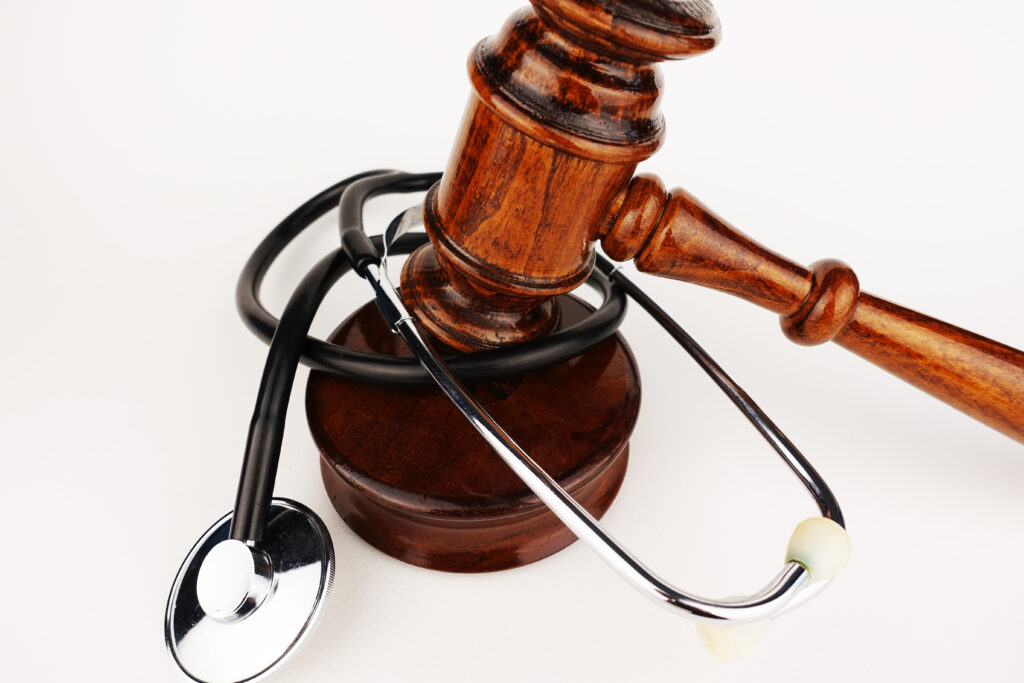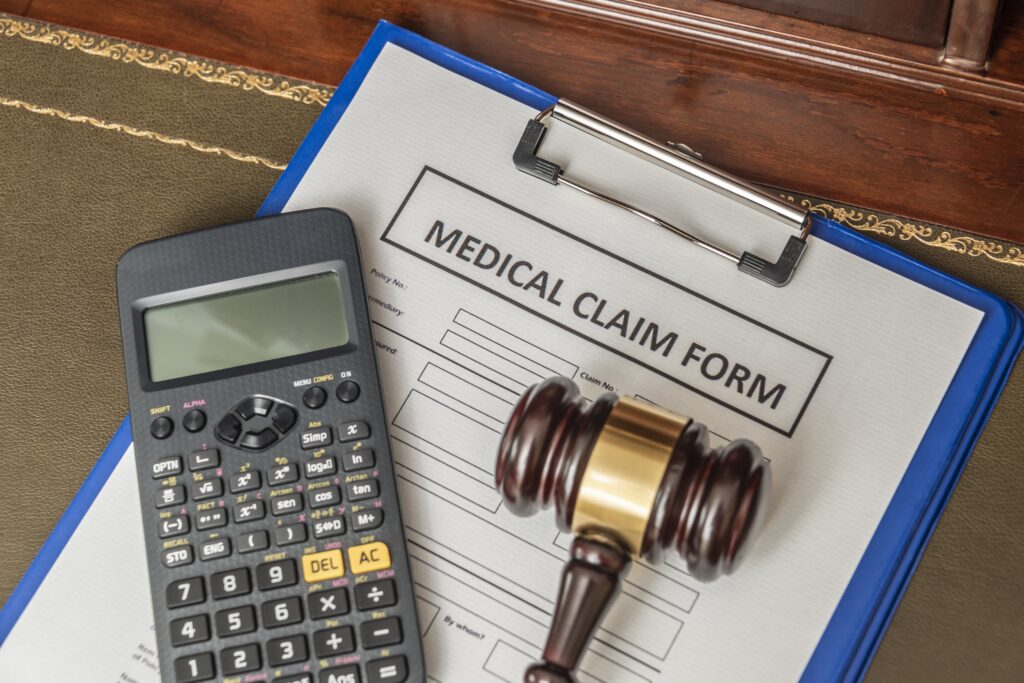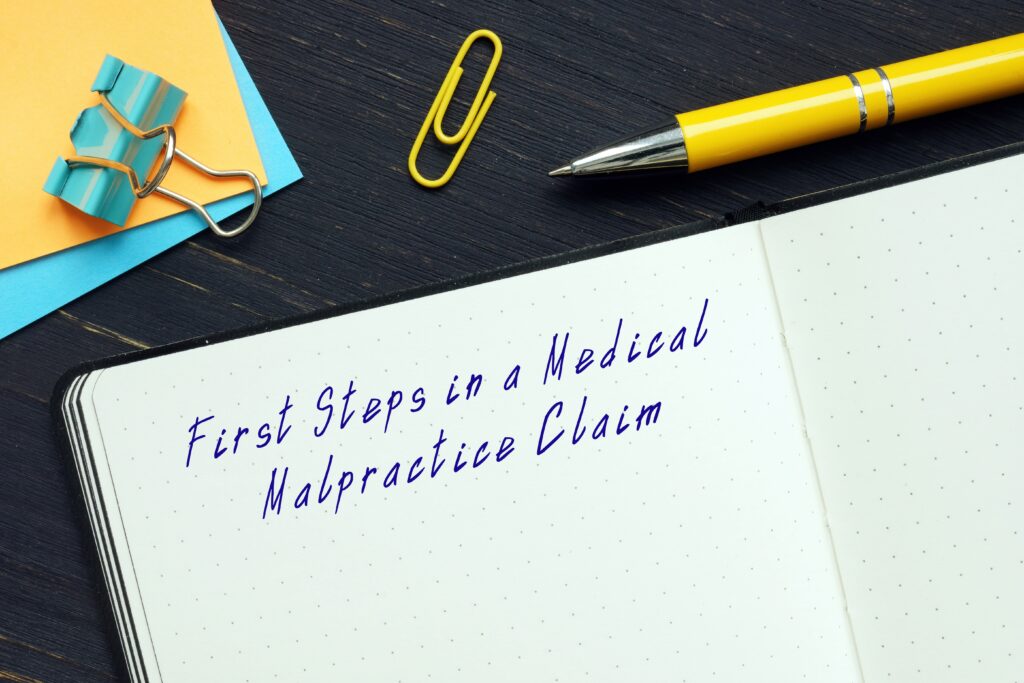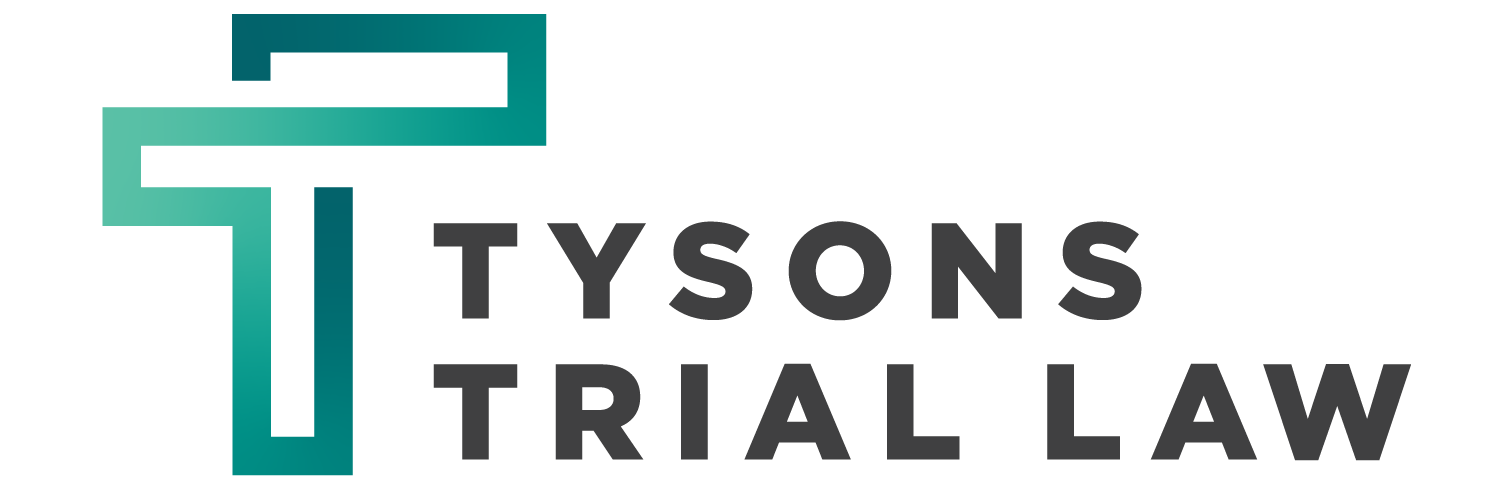Medical malpractice is an umbrella term for several types of medical claims. When a health practitioner or provider does not use reasonable care, it can lead to injury, illness, or death. Claims are filed so the victim or family members can receive financial relief or damages for the resulting injury or illness the victim suffered. If the victim died as a result of a breach of care, the family can file a claim for wrongful death with the help of a medical malpractice lawyer in McLean.
Common Malpractice Claims Medical Malpractice Attorneys Handle
If you have a claim to file, you should consult a medical malpractice attorney. Experienced lawyers can handle many types of med mal cases, involving:
- A delayed or incorrect diagnosis
- A failure to treat the patient
- Drug dosage mistakes or prescription errors
- Errors during surgical procedures
- Injuries during childbirth
What Attorneys Must Show to Prove Medical Malpractice
To prove that a healthcare professional committed medical malpractice, a medical malpractice attorney must show four elements:

- The healthcare professional had a duty of care owed to the patient
- He or she breached this duty of care
- As a direct cause of the breach, the patient suffered an injury, got sick, or died
- The patient suffered economic and non-economic losses as a result of their injury or illness
The Difference Between Economic and Non-Economic Damages
Economic damages are concrete damages, as you can readily calculate and document them. These damages include medical expenses or lost income when filing medical malpractice claims.
Non-economic damages are more subjective than economic damages. They do not come with a receipt of objective documents. Non-economic damages include the patient’s pain and emotional distress related to the malpractice.
Figuring Pain and Suffering: How Medical Malpractice Attorneys Calculate the Amount
To value pain and suffering, a lawyer usually tallies up the patient’s economic damages (medical bills, lost income, and rehab), then multiplies the number by a number, 1.1 to 5, depending on the severity of the injury. The resulting total is what they’ll request for compensation.
Medical Malpractice and Wrongful Death
A personal representative or executor of a decedent’s estate can ask for damages for wrongful death for the immediate family members. Damages may cover the following:

- The loss of the deceased’s guidance, comfort, companionship, advice, and advice
- Sorry and mental anguish
- Lost income, including benefits and earnings the deceased may have earned if they had survived
- The loss of the deceased’s protection, assistance, and care
- Medical costs related to the deceased’s final injury or illness
- The funeral and burial costs.
It’s important to know this information, as medical errors, unfortunately, are the third leading cause of death in the United States. This amounts to about 250,000 deaths annually. However, the Journal of Patient Safety states that the total death count may be as high as 450,000.
A Review of Common Medical Malpractice Claims
The following information reviews the more common medical malpractice claims that are frequently on the court dockets.
Delayed Diagnosis or Incorrect Diagnosis
About one-third of filed malpractice claims involve delayed or incorrect diagnoses. This type of malpractice claim results from a late diagnosis or misdiagnosis that leads to unnecessary treatments or procedures or the lack of timely treatments.
For example, a physician may render the wrong diagnosis if they fail to do the following:
- Identify clinical symptoms and signs
- Order medical exams or attempt to seek further information
- Refer a patient to a medical specialist
Other types of mistakes that can skew the identification of an injury or illness may include the following:
- Mislabeling a test or lab results
- Losing test results
- Making errors when performing a test or assessing medical information
A precise and timely diagnosis may have life-or-death consequences. Therefore, a negligent medical professional should be held accountable.
For instance, a medical malpractice attorney might prove that a doctor misdiagnosed mesothelioma – a very dangerous cancer that affects people exposed to asbestos. If it’s overlooked or not diagnosed correctly, it can worsen the symptoms and lead to an untimely death.
A Failure to Treat
A health practitioner violates standards of care when they do the following:
- Release a patient too early from the hospital
- Fail to instruct the patient about follow-up care
- Does not order the proper medical exams and testing
- Does not consider the patient’s medical history when prescribing a medicine or treatment
Sometimes, physicians encounter this problem if they treat more patients than they can manage. In these instances, the doctor should refer the patient to another physician with time to provide the required treatment and care.
Mistakes When Prescribing Medicine
Prescription errors figure regularly into malpractice claims and may include the following:
- Prescribing the wrong drug for a diagnosed condition
- Prescribing the wrong dose (either too much or too little)
- Not recognizing a potentially dangerous drug interaction or allergic reaction
- Not recognizing the signs of an addiction, overdose, or abuse of a drug
In some cases, a hospitalized patient may receive the wrong drug. If a pharmacist incorrectly fills a doctor’s prescription, they may be held accountable in a medical malpractice claim. Therefore, contacting a medical malpractice attorney is critical to ensure success when filing a lawsuit. Make sure the lawyer you choose has experience with lawsuits similar to yours.
Procedural and Surgical Mistakes
Whether you’ve undergone elective or emergency surgery, you may have suffered preventable harm. The same applies if you undergo an outpatient procedure, such as a biopsy.
Common surgical mistakes include the following:

- Performing a procedure on the wrong area of the patient’s body
- Performing surgery on the wrong patient
- Leaving gauze, tools, or other medical items inside a patient
- Not following regular medical processes before, during, or after surgery
A patient may also react poorly to anesthesia if it’s not administered properly.
It’s essential that a doctor, nurse, or healthcare professional properly communicate vital information to the patient during a procedure to avoid a mistake.
Injuries that Happen During Childbirth
Injuries that happen during childbirth may result from the following:
- Inadequate prenatal care
- The improper use of forceps or using too much force during the removal of the infant from the birth canal
- Delivering a baby with the umbilical cord wrapped around the baby’s nose, neck, or mouth
- Failing to recognize fetal distress
- Mishandling, dropping, or shaking a baby at the time or after birth
Find Out Your Rights Today – Hire a Medical Malpractice Attorney About Your Medical Malpractice Claim
If you or a loved one has suffered an injury or hurt because of a medical practitioner’s negligence, you owe it to yourself to learn more about your rights for seeking compensation. Contact a medical malpractice lawyer and schedule an appointment now.
